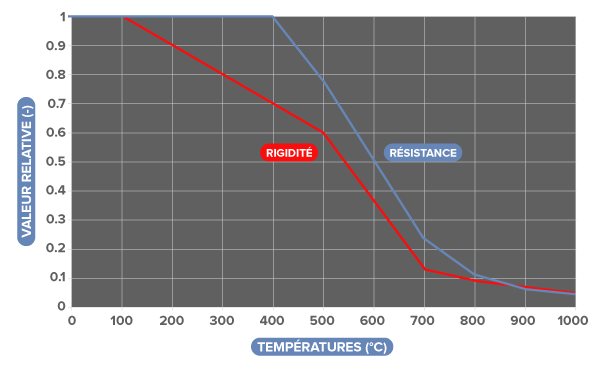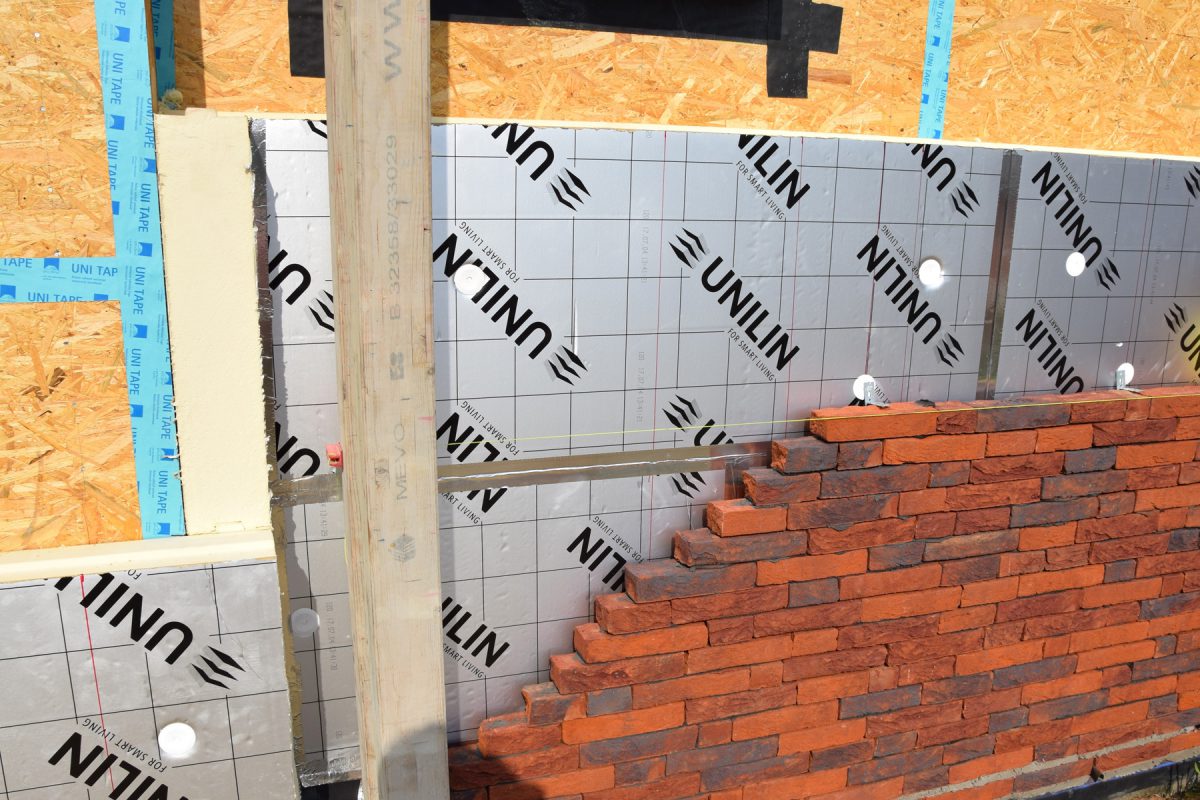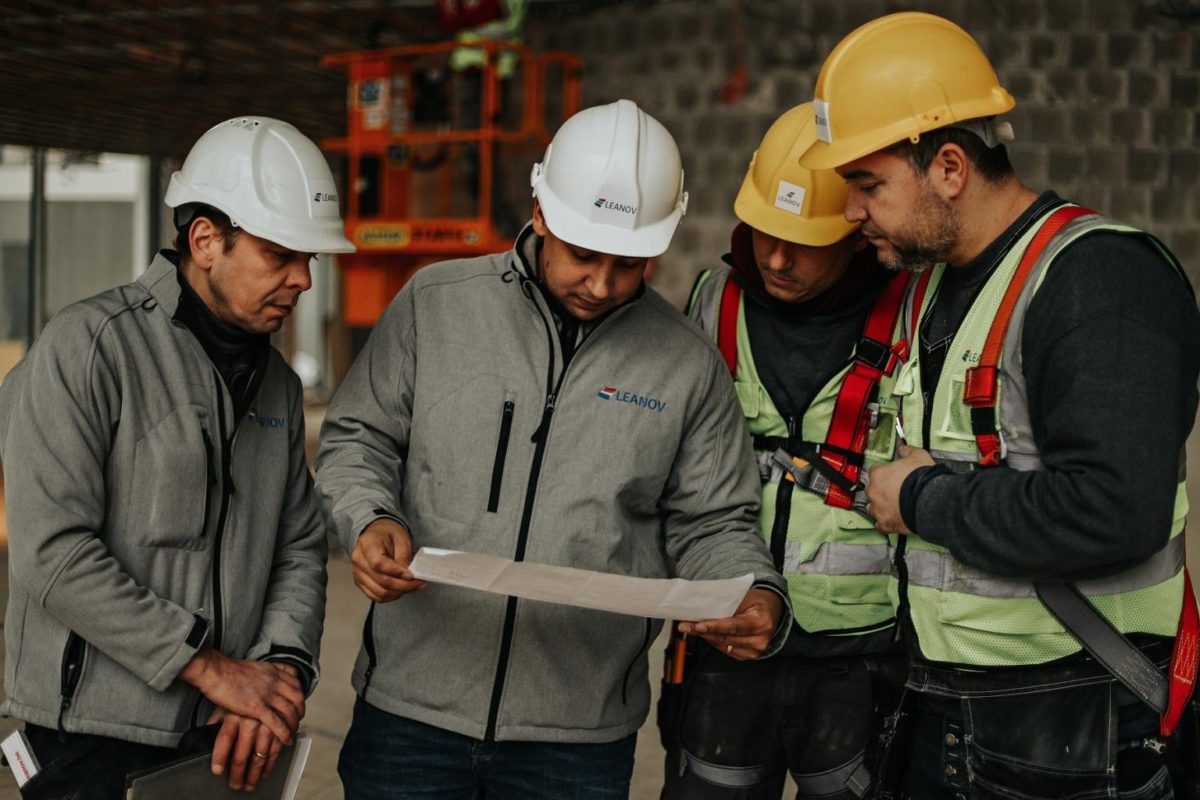Fire resistance is one of the many advantages of steel frame construction method. Steel’s safety performance is one of the reasons why more and more companies in this sector are turning to beSteel and its products.
Find out why in this article.

Fire resistance of steel
The way in which building materials and products ensure their fire performance is essential to ensure the safety of people in the event of a fire on site.
Where materials are still classified according to their reaction to fire, building elements and structures are assessed according to their resistance to fire.
The fire resistance of steel framing is special. Steel can be used to achieve any degree of fire resistance. Discover the other advantages of steel framing here.
Steel doesn’t burn or give off smoke or heat; it’s a non-combustible material.
However, at temperatures such as those encountered in a building fire, steel can lose some of its rigidity. Strength begins to drop from 400° and steel loses all or part of its strength above 550°C. After cooling, however, it regains its full strength.

Fire classification of constructions: Fire resistance
As a raw material, steel is classified A1, which is the highest level.
At beSteel, we use Magnelis@ steel from Arcelor Mittal.
Product fire tests are carried out in accordance with harmonized test methods, using the temperatures and durations specified in the standardized fire curve.
As defined by a series of European standards, this includes several tests and associated performances:
- Classification for combustibility. Class A1 is non-combustible and the requirement level cannot be combined with any of the additional classes mentioned below.
- Additional classification for smoke development, identified by the symbol S.
- Additional classification for flaming droplets, identified by the symbol D.
What performance is required for optimum fire resistance?
These test results are converted into an evaluation in the form of a time measurement that indicates how many minutes the structural element can resist fire before the threshold for each criterion is exceeded.
- I = insulation
The time it takes for the temperature on the cold side of the structural element to rise by a certain number of degrees. Often 140 °C is taken as the value for this; with a steel frame, we can assume 350 °C before the steel starts to deform. - E = integrity
The time it takes for the structural element to maintain its integrity against flames or hot gases. - R = load capacity
The time it takes for the relevant structural element to be able to absorb the loads occurring in a normal fire development phase. - M = mechanical effect
The capacity of the structural element to deal with the mechanical impact of a normal fire.
A wall with REI 60 therefore means the wall can withstand fire for one hour in terms of load-bearing capacity, integrity and insulation.


